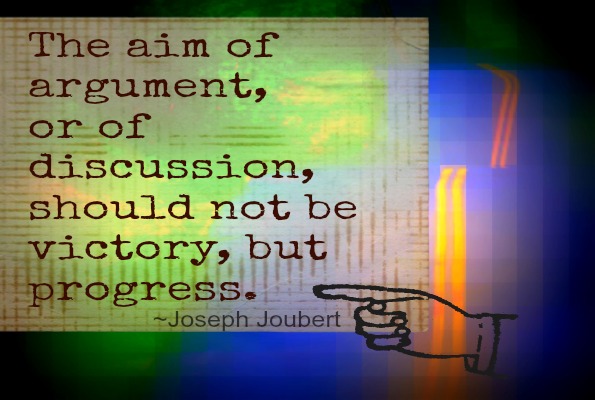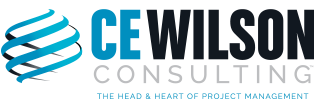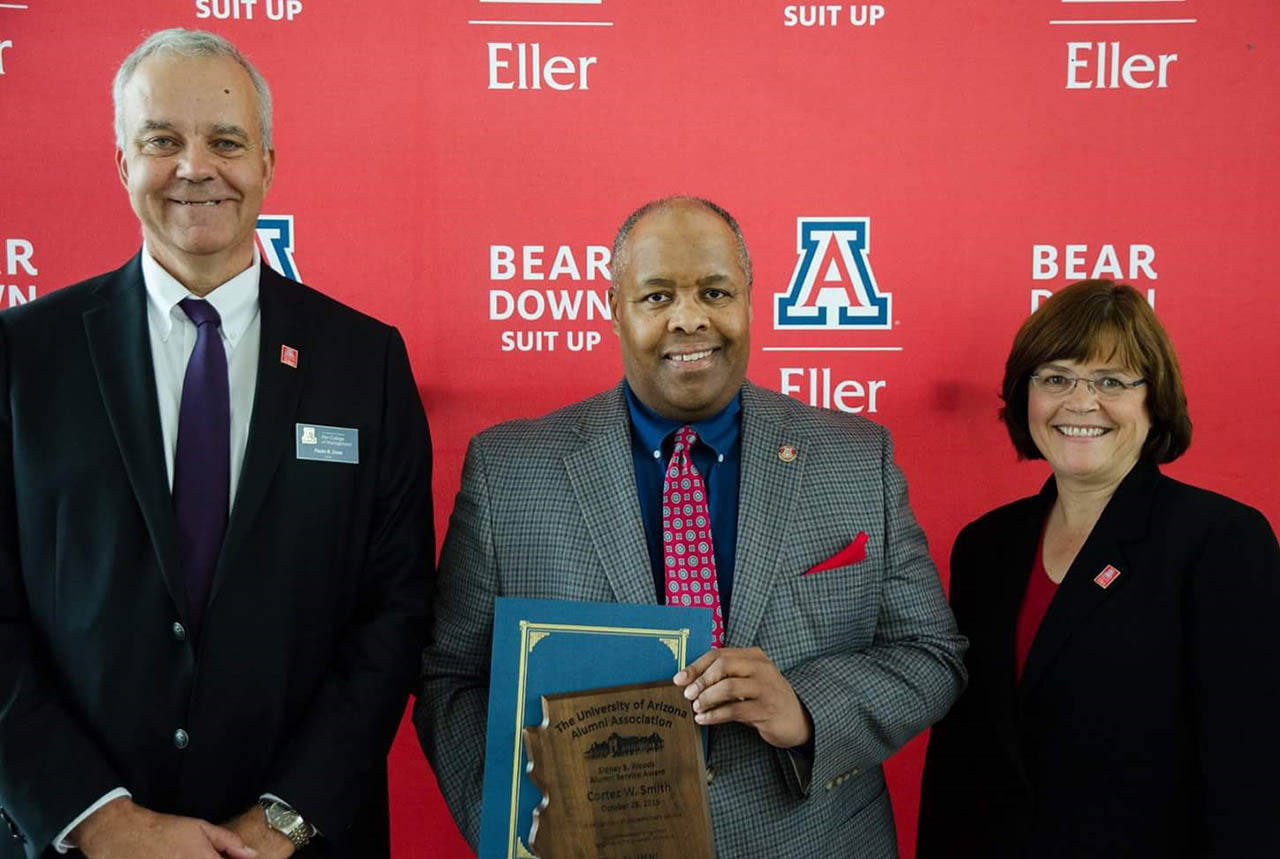Project management is more than just a beneficial skill; it’s a core competency that benefits…

Project Management Strategies to Resolving Conflict
The ability to problem-solve when managing conflicts is a critical soft skill that distinguishes great project managers from average ones. Sometimes project team members have different priorities, perceptions and temperaments. When this is the case, conflicts can arise. The following are proven strategies to resolving conflict as a project manager:
Avoid or mitigate conflicts before they arise. Prevention, by far, is the best of all strategies. But how? Conflict mitigation starts with the basics. Always develop a clear and detailed project plan that has buy-in from the project team members. This will help to ensure that everyone is on the same page and will minimize potential conflicts. It’s also important to clarify roles and responsibilities and set clear expectations. Don’t forget to check for understanding so that you know what you communicated was clear. Finally, maintain an atmosphere of open, honest and respectful communication. Often conflicts are the result of unspoken needs or feelings.
Stay focused on the main goal(s) not personalities. As project manager, you aren’t hired to ‘like’ everyone. You are hired to deliver a smooth implementation in a professional and efficient manner. Sometimes refocusing project team members on the main goal will help them realize that they must put disagreements in proper perspective. With this perspective those little conflicts seem to not matter as much anymore.
Take time to identify the source of the conflict. The first rule of resolving conflict is to listen, listen and continue to listen to both sides, without judgment. Determine if the underlying conflict is the result of a lack of training, process oriented issue, inadequate communication, or personality related. Once you know the source, you can decide the best strategy for resolution. Some possible strategies may involve the following:
►Mediation – facilitating a conversation between the parties in conflict to allow them the opportunity to work out a resolution.
►Forcing – After weighing both sides, you may need to force a solution based on time, budget and other constraints.
►Compromise – It takes some creativity and judgment to offer a compromise that’s agreeable to all.
►Collaboration – Sometimes conflict opens the door to a great collaborative effort!
If you haven’t developed these skills, consider training, mentoring or other professional development. Remember, not all conflict is necessarily bad. It can serve a good purpose by bringing about improvements to the way we work, our processes and our communication patterns.
What is your preferred method of resolving conflict?
Chrystal Richardson is Managing Partner of CE Wilson Consulting, a project management and business efficiency consulting firm that has managed projects for technology, mining, medical and manufacturing clients since 2001. She authors the ‘Project Management DNA’ blog.




